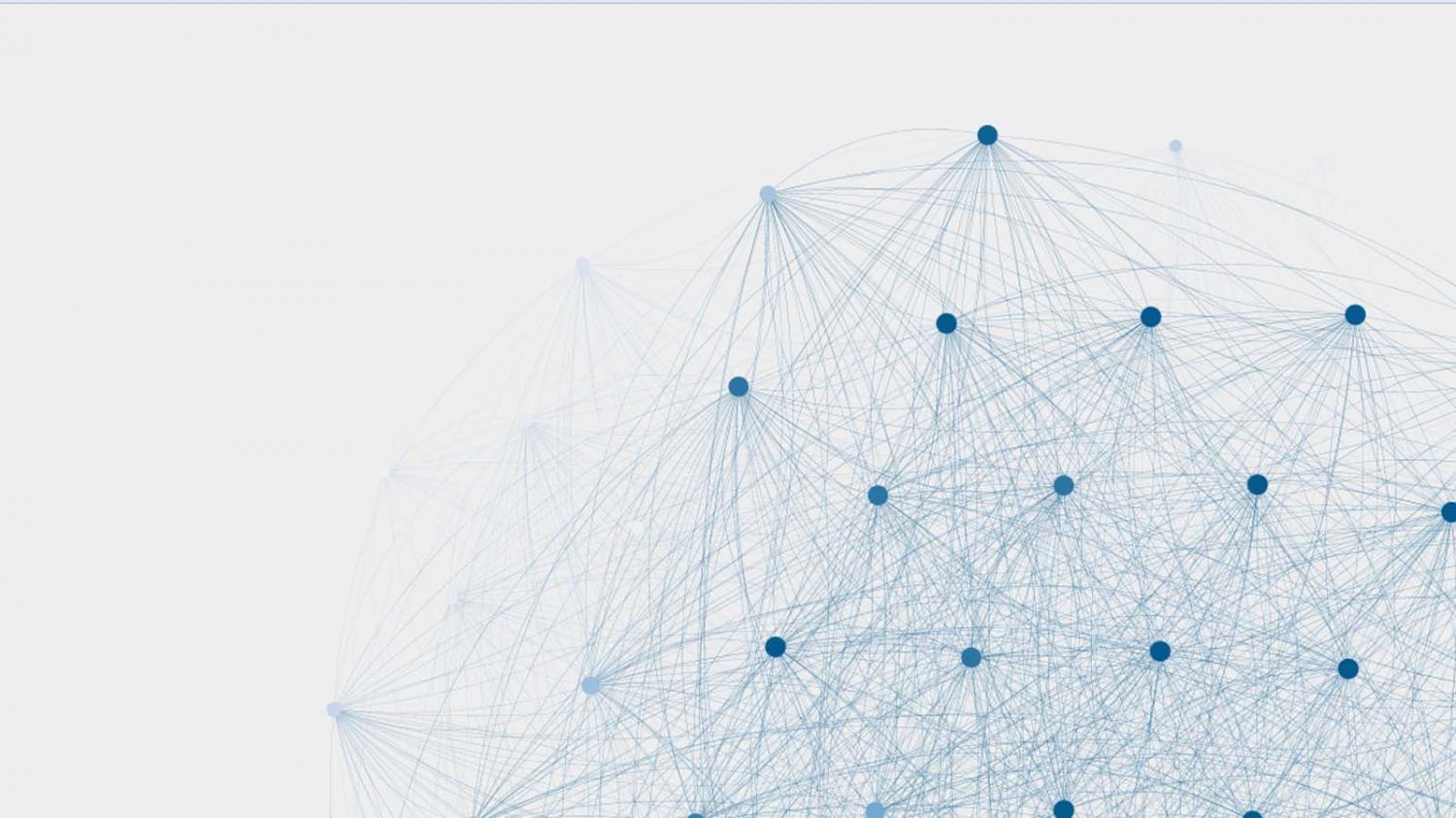Victorian Information Networks
The Victorian Information Networks project explores patterns of reprinting and the circulation of news within a collection of nineteenth-century British newspapers. With the advent of industrial printing, railway distribution, and telecommunication networks, the nineteenth-century newspaper achieves an unprecedented scale of textual content and distribution, possibly representing the origins of an “information” culture that we have inherited in digital forms. This project seeks to identify the kinds of content, editorial affiliations, and geographic patterns which shape the nineteenth century’s newspaper networks in Britain and beyond. It began as a partnership between researchers at NC State in collaboration with the Viral Texts project at Northeastern University, and continues as a facet of “Oceanic Exchanges: Tracing Global Information Networks in Historical Newspaper Repositories, 1840-1914 (OcEx),” a collaborative international project funded by the Digging into Data Transatlantic Partnership Grants.

About the Project
This project grows out of an interest in how and why certain kinds of news seemed to proliferate in the nineteenth-century periodical press. Why was it, for example, that accident news and coroners’ inquests seemed at once so ubiquitous in newspapers and so conspicuously absent from scholarly histories about them? These materials are so common as to be nearly unmanageable, appearing at scales which require instead treating them in the mass. What kinds of other materials might have circulated and recirculated, perhaps including things scholars did not yet know to look for? With the availability of digitized versions of historical periodicals, computational approaches to the nineteenth-century press might change researchers’ abilities to identify, categorize, and analyze their contents.
Until recently, British periodicals scholars have been more familiar with web-based access to commercial collections. These search interfaces tend to prescribe a set of inquiries based on dates and keywords, as opposed to more data-driven methods which have emerged in digital humanities research. It is possible to do “data mining” by hand on these collections (see Nicholson), though direct access to the data and a supporting infrastructure may allow further possibilities. In 2014, the NCSU Libraries signed the first blanket license for content mining rights with Gale Cengage, allowing its researchers access to the XML and image data within British Nineteenth-Century Newspapers, parts 1 and 2. The Victorian Information Networks project has been exploring this data from a variety of angles, including efforts to identify reprinted texts within this newspaper corpus.
To undertake this work, we initially partnered with the Viral Texts project at Northeastern University. Viral Texts has pioneered the development of algorithms which match textual patterns within its data set, initially comprising nineteenth-century US newspapers made openly available by the Library of Congress in the Chronicling America collection. Our collaboration uses this text-matching algorithm on British newspapers as well as on a transatlantic corpus. The algorithm produces “clusters” of results which, for the most part, contain snippets of texts reprinted in different periodicals. By studying the patterns of such textual reprinting and circulation, we can learn more about a nascent information network may have taken shape in nineteenth-century Britain. The Oceanic Exchanges project is expanding this work to other national collections and even across languages.